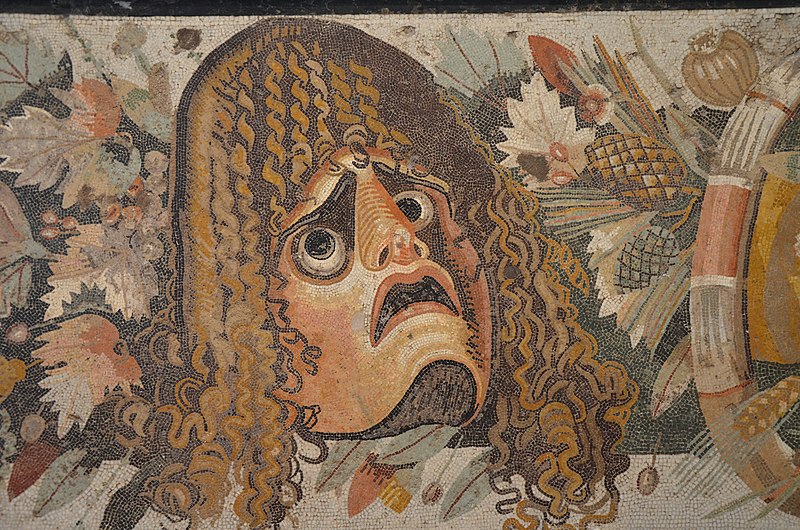General
Section outline
-

Welcome to COM507 European Tragedy! The sections below contain materials for each week's teaching, guidance for reading, and other resources. Please check this site regularly: content will be updated as the course progresses.
Tragedy is one of the most vital and enduring European literary genres. Tragic dramas are often perceived as among the most significant achievements of different national literatures. Not only are there outstanding examples of the genre in the national literatures drawn on in this programme, tragedy has from antiquity been the object of intense theoretical reflection on the part of critics and philosophers. Hence the course introduces students to important ways of thinking about literature as well as important literary texts. Moreover, tragic drama has sometimes been seen as embodying a distinct world-view (a ‘tragic vision’ of human life), and various attempts to formulate this have been very influential, although rejected by some critics. The course will therefore engage with questions such as these: what do we gain from and why can we take a kind of pleasure in the spectacle of human misfortune? Are the benefits psychological, spiritual, intellectual? What kind of pleasure is produced? What kinds of misfortune produce the effect proper to tragedy? What can tragedy tell us about the cultures in which it flourishes? What kind of theoretical approaches (social, psychoanalytical, historical) are most fruitfully applied to it?
-
Here you'll find all general news items and announcements. These will also reach you individually by email.
-
27.1 KB
-